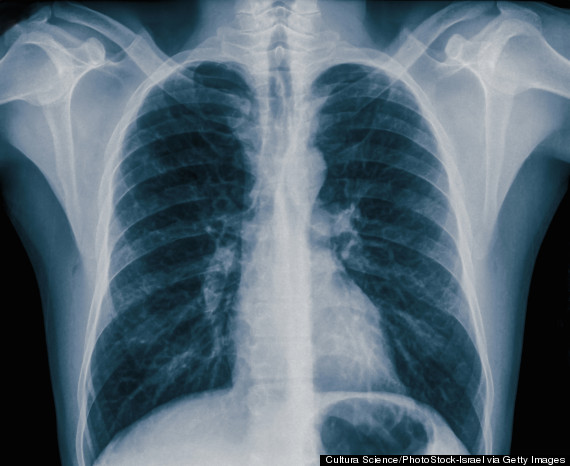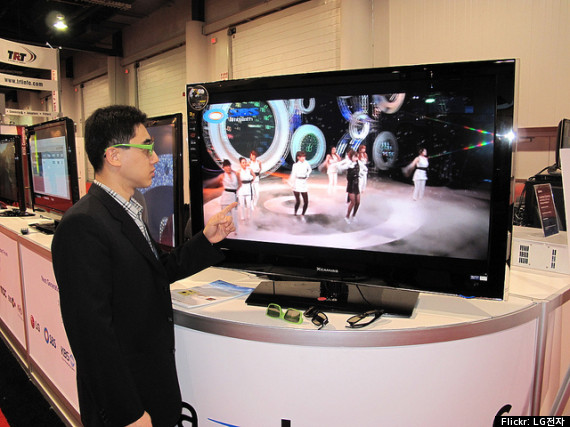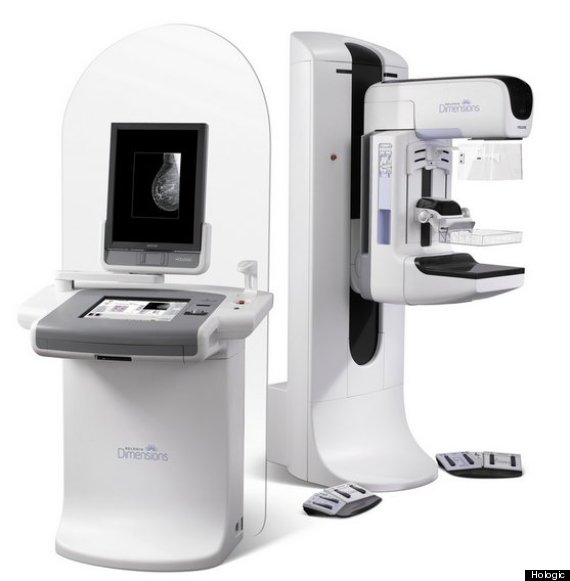When you sit and think about it, the world of 3D really is an incredible one. Thanks to innovations in virtual reality and 3D printing, among other things, it appears that the possibilities are truly endless.
In this spirit, we’ve partnered with the makers of Genius 3D Mammography to bring you a list of things that now exist beyond two dimensions. Many of these once seemed like they could only exist in sci-fi movies, but now they’ve become part of our hi-tech reality.
1. Manmade ‘Organs’
![human bone]()
It appears that anything can be created using 3D printing. This amazing technology has been used to not only make everyday items like combs but also much more complex objects -- like human body parts. Yes, you read that correctly: Ears, kidneys, blood vessels, skin and bones have all been created using 3D printers. Each of these creations incorporates real human cells fused with synthetic materials, such as ceramic (for bones) or sugar filaments (for blood vessels). Scientists are still testing the potential these organs have for transplants, but hopes are high that one day surgeons can implant these and other organs into those who need them.
2. Spacecraft Parts
![nasa]()
The medical field isn’t the only one using 3D printing in unique ways. NASA has taken advantage of the technology for building parts of spacecrafts, as well as instruments. The organization predicts that it will soon be sending the printers themselves into space so astronauts can create their own tools while on explorations. Soon we’ll be able to say that 3D printing is literally out of this world.
3. Movies … Since 1922
![audience watching 3d movie]()
We all know that movies now exist in 3D, but what you probably didn’t know is that these types of films have been around since the early 1900s. In fact, the first 3D film, "The Power of Love," was screened for audiences in 1922. It’s safe to say that these films looked pretty different from those we’re used to today, but it’s interesting to consider how long this technology has been around.
4. Your Personal TV
![3d tv]()
If you’d rather enjoy a 3D film from the comfort of your own home, you’re in luck. 3D televisions now bring something that could once only be enjoyed on the silver screen into your living room. All you need is a little extra cash and a special pair of glasses.
5. Fantasy Video Games
![oculus rift]()
Thanks to companies like Oculus Rift, movies aren’t the only type of entertainment that can be enjoyed in 3D. Now gamers can actually enter their fantasy world by simply wearing a headset. This is made possible by technology similar to that used in 3D movies, where a unique and parallel image is presented to each eye.
6. Ultrasounds
![getting an ultrasound]()
3D has done wonders for sonograms. What once was a barely perceptible black-and-white photo now includes specific details about an unborn baby’s facial features. Doctors have also found these images incredibly useful for checking on a growing baby’s health and for any potential genetic syndromes.
7. Mammograms
![mammogram machine]()
Mammograms, in addition to sonograms, have been vastly improved by 3D technology. Doctors can now see a more detailed image that helps better determine whether or not there are any issues of concern. Because of this increased clarity, women also need fewer visits to repeat the imaging process for false alarms.
Genius 3D mammography is available as Hologic Selenia® Dimensions® 3D system. Please consult your physician for a complete list of the benefits and risks associated with mammography.
In this spirit, we’ve partnered with the makers of Genius 3D Mammography to bring you a list of things that now exist beyond two dimensions. Many of these once seemed like they could only exist in sci-fi movies, but now they’ve become part of our hi-tech reality.
1. Manmade ‘Organs’

It appears that anything can be created using 3D printing. This amazing technology has been used to not only make everyday items like combs but also much more complex objects -- like human body parts. Yes, you read that correctly: Ears, kidneys, blood vessels, skin and bones have all been created using 3D printers. Each of these creations incorporates real human cells fused with synthetic materials, such as ceramic (for bones) or sugar filaments (for blood vessels). Scientists are still testing the potential these organs have for transplants, but hopes are high that one day surgeons can implant these and other organs into those who need them.
2. Spacecraft Parts

The medical field isn’t the only one using 3D printing in unique ways. NASA has taken advantage of the technology for building parts of spacecrafts, as well as instruments. The organization predicts that it will soon be sending the printers themselves into space so astronauts can create their own tools while on explorations. Soon we’ll be able to say that 3D printing is literally out of this world.
3. Movies … Since 1922

We all know that movies now exist in 3D, but what you probably didn’t know is that these types of films have been around since the early 1900s. In fact, the first 3D film, "The Power of Love," was screened for audiences in 1922. It’s safe to say that these films looked pretty different from those we’re used to today, but it’s interesting to consider how long this technology has been around.
4. Your Personal TV

If you’d rather enjoy a 3D film from the comfort of your own home, you’re in luck. 3D televisions now bring something that could once only be enjoyed on the silver screen into your living room. All you need is a little extra cash and a special pair of glasses.
5. Fantasy Video Games

Thanks to companies like Oculus Rift, movies aren’t the only type of entertainment that can be enjoyed in 3D. Now gamers can actually enter their fantasy world by simply wearing a headset. This is made possible by technology similar to that used in 3D movies, where a unique and parallel image is presented to each eye.
6. Ultrasounds

3D has done wonders for sonograms. What once was a barely perceptible black-and-white photo now includes specific details about an unborn baby’s facial features. Doctors have also found these images incredibly useful for checking on a growing baby’s health and for any potential genetic syndromes.
7. Mammograms

Mammograms, in addition to sonograms, have been vastly improved by 3D technology. Doctors can now see a more detailed image that helps better determine whether or not there are any issues of concern. Because of this increased clarity, women also need fewer visits to repeat the imaging process for false alarms.
Genius 3D mammography is available as Hologic Selenia® Dimensions® 3D system. Please consult your physician for a complete list of the benefits and risks associated with mammography.